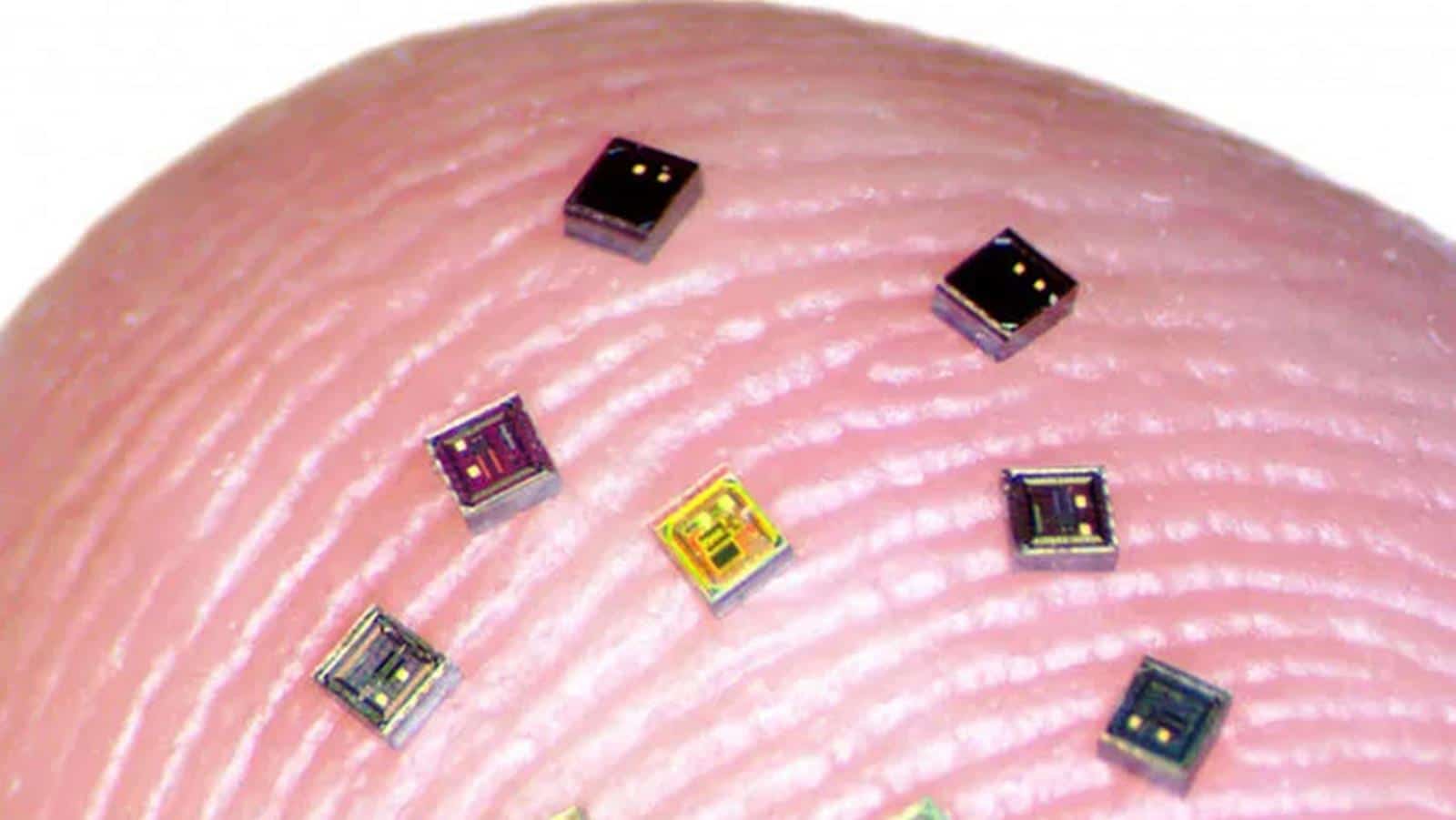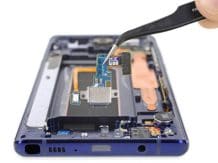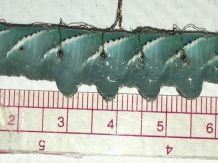Scientists at Brown University have just developed a system that has the potential to lead to a brain-computer revolution. It will use hundreds of microchips located directly on the surface of the brain or in its tissues that can help people with injuries to the brain or spine.
If all goes to plan, we’ll be patching brains with hundreds of microchips on our lab tables
These microchips are used to record and transmit brain activity to the computer in real time. They collect huge amounts of neurological data, so they can collect neural signals from more brain regions than is currently possible with other solutions. At the same time, they can help scientists better understand the brain and develop novel treatments, according to the press release.
Also read: An amateur astronaut will fly into space? SpaceX presents an innovation in the field of space tourism
However, scientists were also published in Nature Electronicsso, thanks to two extensive descriptions of the technology, we know that those hundreds of microchips would actually be in a handful. Their size corresponds to salt grains (hence the name neurograin), of which already 48 of them were implanted into the cortex of rats under anesthesia.
Also read: Self-healing ceramics were discovered at room temperature
Each neurograin has enough microelectronics so that when placed in nervous tissue, it can listen to neuronal activity on the one hand and then send it as a tiny radio to the outside world.
He explained to the service Wired Arto Nurmikko, Brown University neuroengineer and lead author of the study.
Also read: More Facebook problems? Controversy over the August report
In these tests, it was found that the signal quality was too low, so now scientists are working on improving their technology. They believe that if they can improve the output quality of the system, it could allow wider areas of the brain to be studied, and the prototype could form the basis of human research. Then as many as 770 of these microchips would have to enter the game, but it’s a long way – at this moment the team is going to test their neurograin’s (neurosiarna) on conscious, moving rats, and the next stage will be monkeys.







![1458055104-bionic-heart-patch[1]](https://www.bitcoinminershashrate.com/wp-content/uploads/2021/07/1626757790_Israeli-scientists-created-the-heart-of-a-cyborg-218x163.jpg)







